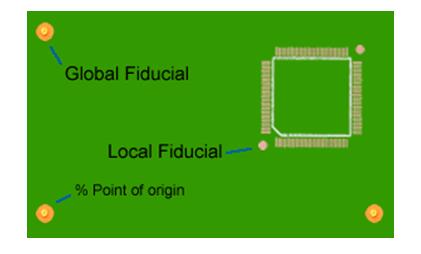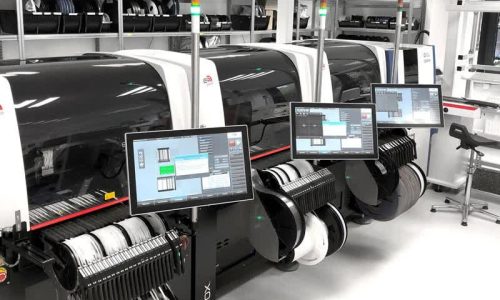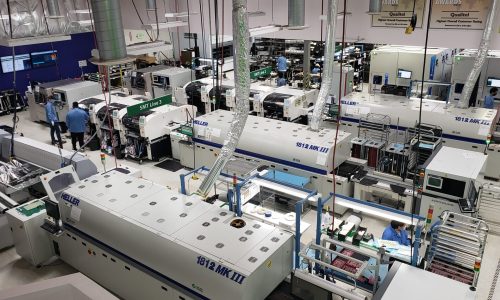A fiducial marker, or simply fiducial, is an object placed within the view of an imaging system. It appears in the generated image and serves as a point of reference or measurement. This marker can be something added to or on the imaging subject, or a mark within the reticle of an optical device. Today, WHC’s SMT pick-and-place machine explains the importance of fiducial marker placements on PCBs.

Typically, a fiducial mark is a circular pad or another shape made of exposed copper, surrounded by a clearance area. It serves as a reference point for automated equipment such as pick-and-place machines. It is also crucial for aligning PCB stencils to ensure precise component placement on the board. During assembly, computer vision systems within these machines scan for the fiducial marks. They use the detected locations to align both the PCB and its components. Fiducial marks are especially important for surface-mount technology components, where it is recommended to place them near packages with small pitches, such as BGA, QFN, and QFP.
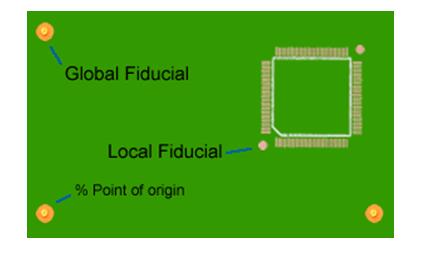
Types of Fiducial Marks
Two main types of fiducial marks are commonly found in PCB designs: global fiducial marks and local fiducial marks.
Global fiducial marks, which are also known as panel fiducials, are typically placed near the corners of the PCB. They may also be positioned on the panelization rails that hold multiple PCBs during the assembly process.
Local fiducial marks are generally smaller than global ones. They are placed in areas with dense component layouts or complex routing. By using local fiducial markers, assembly machines can accurately identify a component’s footprint, which helps reduce placement errors.
It is usually recommended to include at least two global fiducial marks. These should be positioned on a three-point grid, with one mark in the lower left corner of the board and the other in the upper right corner.
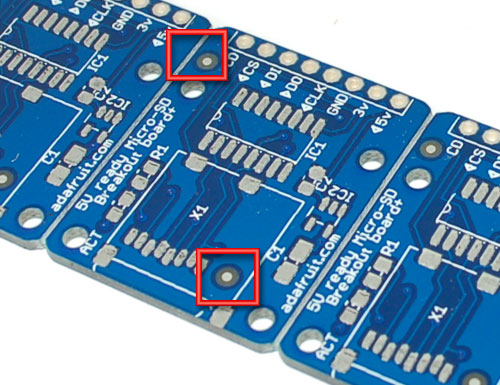
Advantages of Using Fiducial Marks for PCB Assembly
Other drilled holes or patterns might exist on a PCB. However, due to inconsistencies in their size, shape, or position, they are often unsuitable for alignment and may lead to component placement errors. Additionally, such holes or patterns can be obscured by solder masks or silkscreens, making detection difficult. In contrast, fiducial marks are designed with standardized shapes, sizes, and positions to provide a clear and consistent reference point for alignment.
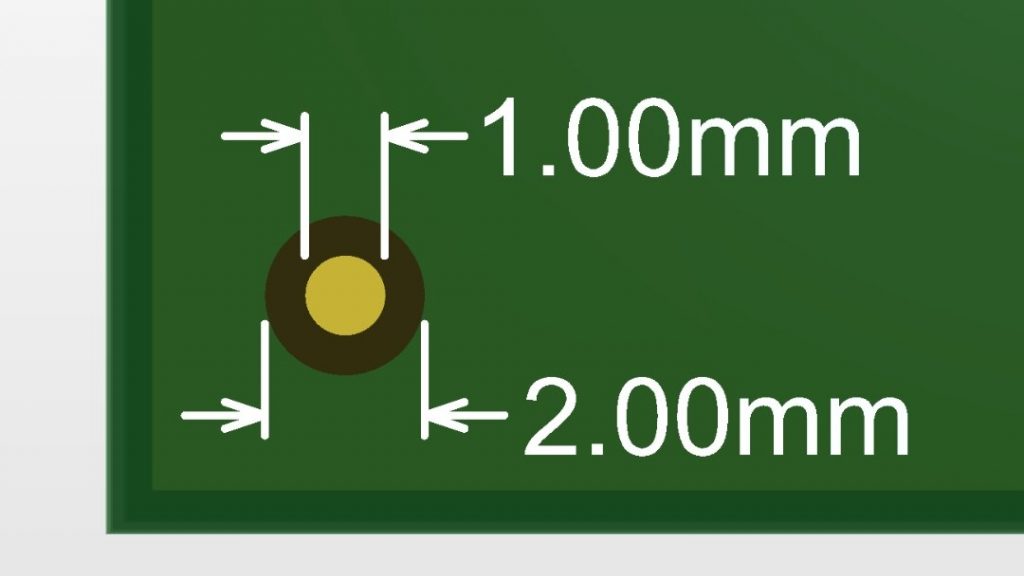
Guidelines for Using Fiducial Marks in PCB Design
There are a few key guidelines to follow when adding fiducial marks to your PCB design.
Firstly, ensure the diameter of the fiducial marks remains consistent throughout the design. This consistency is vital for accurate alignment. The typical diameter of a fiducial mark ranges from 1 to 3 mm.
Secondly, include fiducial marks on both sides of the PCB if components are present on both sides. The absence of these marks on one side can pose significant challenges for automated equipment when flipping the board to assemble components on the reverse side.
Lastly, fiducial marks should be free from solder masks or any coatings. This ensures the marks are visible and distinguishable from surrounding materials, allowing automated assembly equipment to detect them accurately and reliably.
